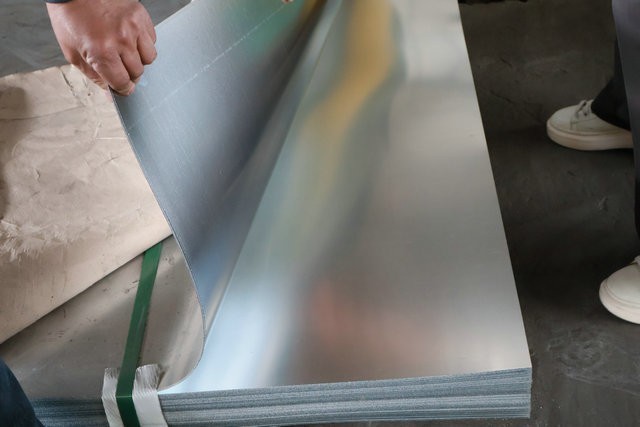 Language
▼
Language
▼
More Language
Perforated galvanized sheet metal is a type of galvanized steel sheet with a special hole design. It combines the corrosion resistance of galvanized steel sheet with the ventilation and light transmission characteristics of perforated design, and is widely used in various fields such as construction, agriculture, and industry. The production process of galvanized sheet metal mainly includes the following steps:
Select high-quality steel plates that meet the requirements of perforated galvanized sheet metals as substrates to ensure that the steel plates have sufficient strength and toughness. Clean and rust the steel plate to remove impurities such as oil stains, oxide scales, and rust on the surface, in preparation for subsequent galvanizing and perforation operations.
2. Electrogalvanizing: A layer of zinc is deposited on the surface of a steel plate by electrochemical methods. The coating of electroplated zinc is relatively thin, but the surface is smooth and uniform, suitable for occasions with high requirements for surface quality.

Design perforation patterns and aperture sizes for perforated galvanized sheet metals based on customer needs and actual application scenarios. Use equipment such as punching machines, laser cutting machines, or water cutting machines to perform perforation processing on galvanized steel plates according to the design pattern. Ensure accurate perforation position and consistent aperture size. Polish and trim the edges after perforation, remove burrs and sharp angles to improve the safety and aesthetics of the product.
Check the surface quality of perforated galvanized sheet metals to ensure uniform coating, no rust, no defects such as missed plating, etc. Conduct performance tests such as corrosion resistance and tensile strength to ensure that the product meets relevant standards and requirements.
China galvanized plate manufacturer: Boxing Shuangshengda Steel specializes in galvanized sheet, galvanized steel plate,Colour steel plate etc.We have a full range of product specifications and types, low prices, and more than 20 years of experience, worthy of your trust